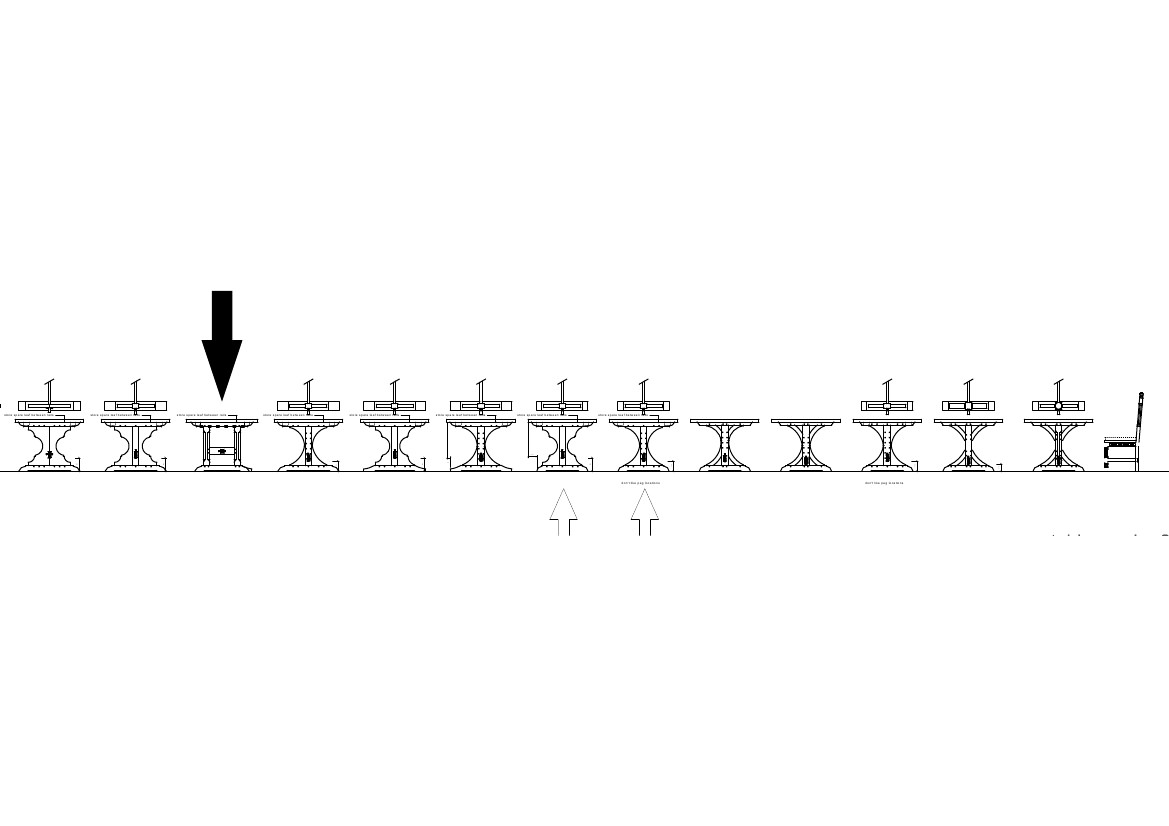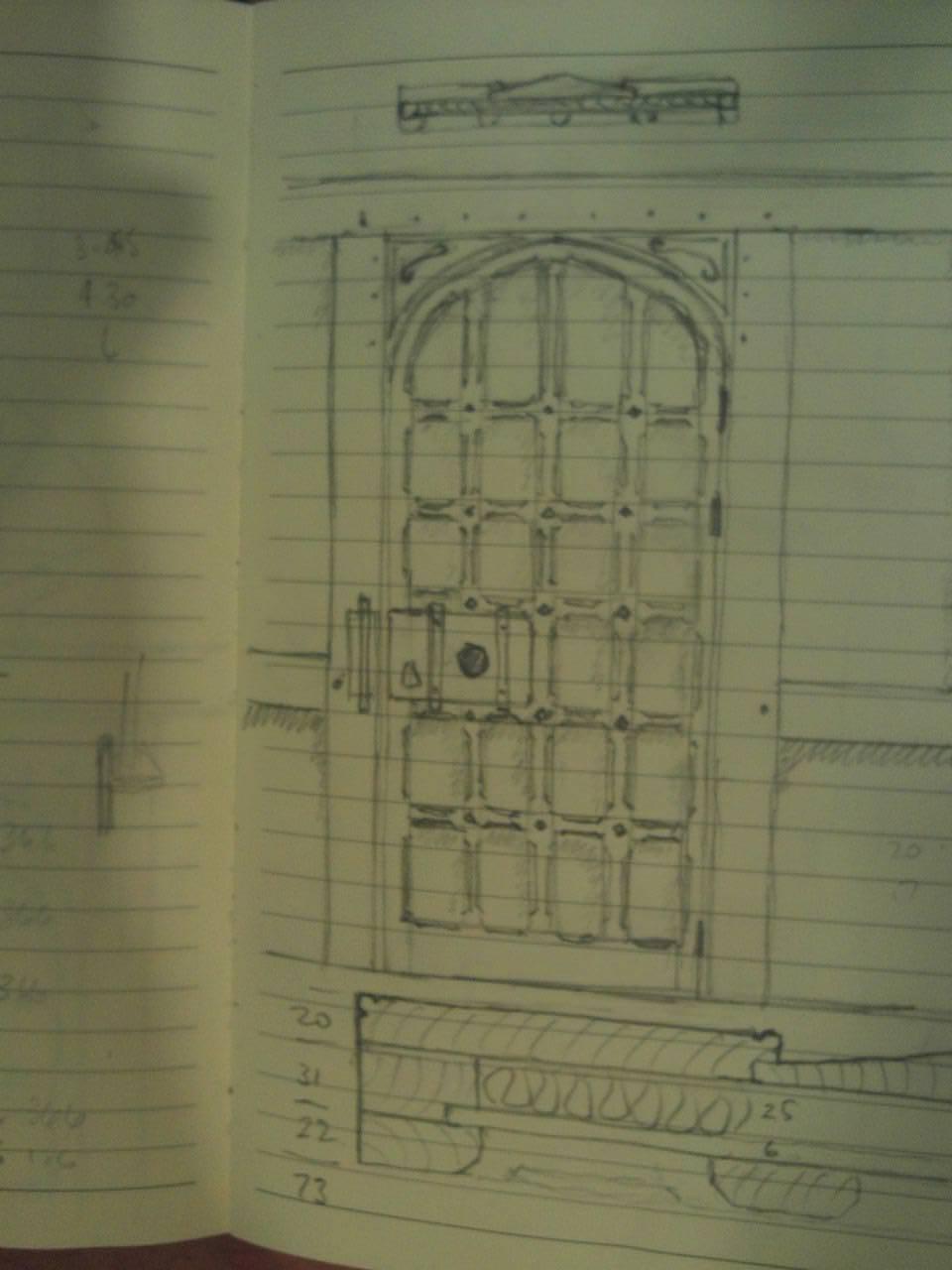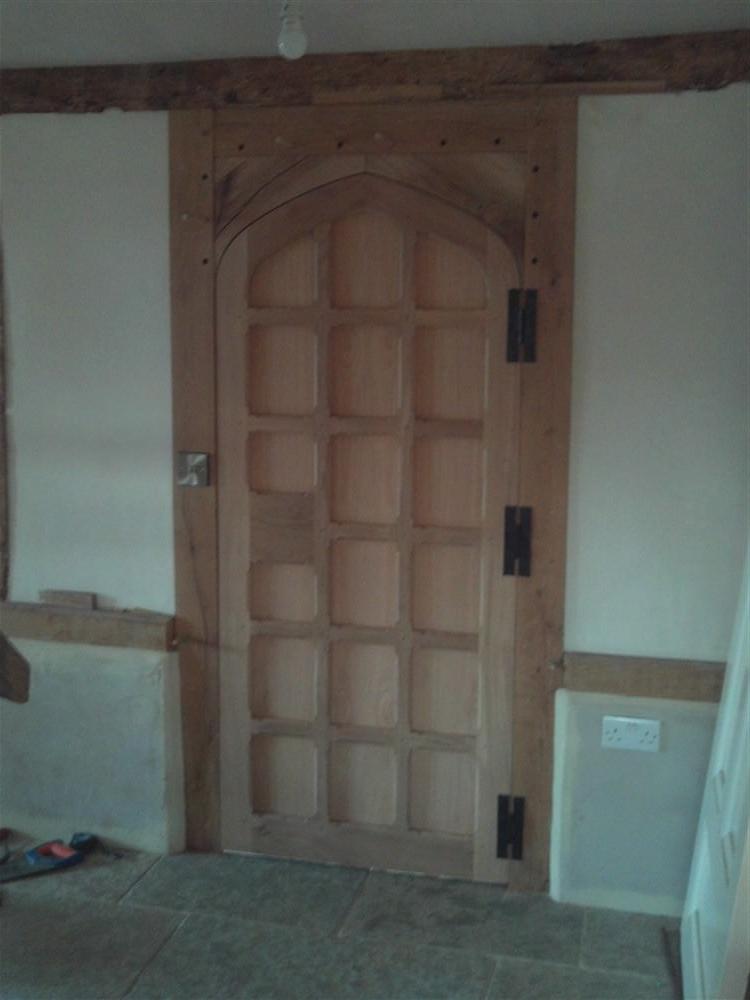Grawschbags":hw4lm1bi said:
I have been teaching myself sketchup whilst designing a router table. I roughed it out with pen and paper, then took it to sketchup. It's probably already saved me the cost of some materials given that I could see issues in my design before cutting anything...
Exactly the same for me - SketchUp lets me test designs before diving in, saving both mistakes and materials.
For example, I had a shock recently when I realised that for the interior doors I'm planning to make, I can save about seven feet of stock by using dominoes instead of traditional mortice and tenon joints. That's
per door, and I have a dozen of them to make. It means the dominoes will pay for themselves and the construction will be much simpler as a consequence. Of course, if I was more experienced I'd know this already (and I'd already have a story stick, too), but I'm not. Seeing it as 3D objects really helped in construction decisions.
Of course I rough stuff out with pencil and paper (weapon of choice is a 3B or 4B pencil), but my measurements come from SU, as do the plans usually, and I can quickly get sections through a 3D object, to see if there are issues such as clearances that will cause problems.
Two more recent examples:
I've got to make a strong storage box for castoring legs for a tower scaffold system. These things are three feet long (roughly), very unbalanced (weight at one end), tubular and greasy. But they are also fragile and a safety-critical component. And I need space to store small parts for the toeboard brackets, etc. I won't be using it - it belongs to the church my wife attends - so things have to pack-in intuitively. So I've drawn out a castor column to scale, and copied it four times. These objects I can just move around in 3D until I get a practical arrangement.
I'm refurbishing a motorbike fuel tank, by stripping paint and rust from the inside and re-coating it. It's big and will be pretty heavy when it's full of chemicals. I'm making a jig to hold it, allowing it to rotate for agitation and invert for draining out. I can't afford to drop it (no dents presently) nor splash chemicals on the outer paint finish. So again, modelling it and the jig lets me see if ideas will work.
I've also played with drill press table designs, etc. Again, I picked up on problems where the quill three-handled drive would foul parts of the table, and issues fixing it to the press's existing circular table, for which I think I now have a neat solution.
I could do all of this without SU, but nowadays it's my go-to aid for thinking through design problems.
. . .
The biggest tip I was given, incidentally, is to make every object you create a "component", as soon as you draw it out - cubes, cylinders, whatever. That way you can control how they interact with other parts of the model (you can always combine them later on). The ability to have clones of a component, such that changing one modifies all of them at the same time, is invaluable for things like table legs and other repeated components in a design. I use that a great deal too - it's automatic and very fast. Again you can turn this off quickly if you need to.
HTH, E.




































